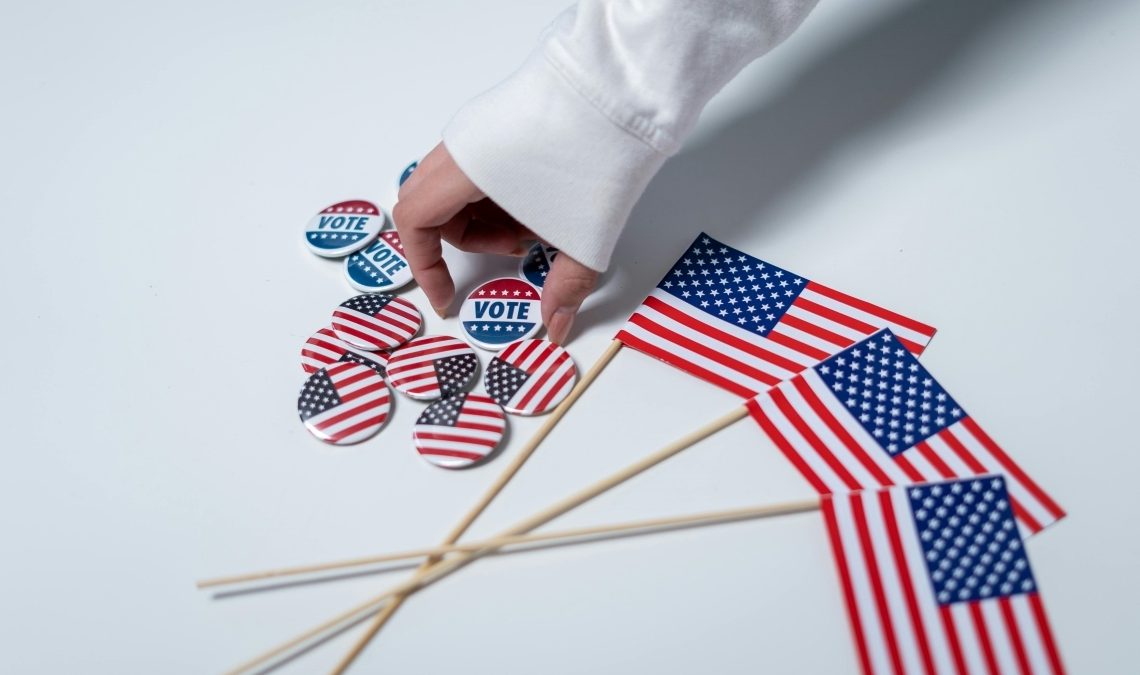
Election day is right around the corner, and casting your vote is the most important way to participate in democracy. But before doing so, there are a few things you can do to make the process smoother and more effective. Whether or not it’s your first time voting, it’s easy to overlook some crucial steps. Here are four ways to prepare yourself before stepping into the voting booth or sending in your mail-in ballot.
1. Understand Which Categories You’re Voting For
On election day, voters typically can vote on several categories beyond just the presidency. This can vary from state to state but will usually include federal election positions, including president and vice president, senators, and house representatives. At the same time, you may be presented with the option to vote for state positions like governor and state senators and representatives. You will likely also be presented with the option to vote for local and judicial elections, which includes your city’s mayor, council members, school board, sheriff, and judges.
The exact layout of options will vary based on where you live, but will probably include some of these in addition to the presidential candidates. There are also occasionally amendments, propositions, and referendums. These different types of ballot measures represent proposed changes to laws or policies at the state or local level and can significantly impact public policy.
2. Research the Candidates and Issues
Once you have a grasp on which categories you’ll be voting for, you should study each candidate’s platform. It’s tempting to make on-the-spot decisions when voting, but it behooves you to go in with an idea of who you’re voting for. Take time to research the candidates, propositions, and any local measures on the ballot.
Websites like Ballotpedia and Vote Smart can give you nonpartisan breakdowns of each candidate’s policies and the potential effects of ballot measures. There are also more specific options. If, for example, you’re in Los Angeles, using an LA voter guide can provide detailed, localized information about your options. Gathering context ahead of time can help you vote faster when it comes time to it.
Ideally, you should acquaint yourself with each candidate’s vision and goals for office and choose the ones that best align with your values. However, you don’t have to feel so strongly about every issue. You can choose to vote based on party. The other option is to opt out of voting for a particular category entirely. While you’re encouraged to vote in every category, you don’t have to. You can focus on the positions you care about voting for most and abstain from the ones where you’re indifferent.
3. Check Your Voter Registration Status and Voting Method
Before heading to the polls, probably at least a month in advance, you should double-check that your voter registration is up to date. This step is especially crucial if you’ve recently moved or changed your name. Many states have strict deadlines for voter registration, and if you miss it, you won’t be able to vote at all.
You can verify your registration status online through your state’s voter portal. If you find that you’re not registered, make sure to complete the necessary forms well before election day. This step only takes a few minutes, but it’s mandatory if you want to vote.
Once you’ve solidified that detail, the next step ischoosing how you’ll vote. There are multiple ways to cast your vote, which can be by mail, early voting, or in person on election day. Each method has its pros and cons, depending on your schedule and preferences, so you’ll want to decide for yourself.
4. Know Your Polling Locations and Prepare Your ID
The last step in preparing for the polls is arranging the logistics. Polling places can change from election to election, so don’t assume you’ll be voting at the same location as last time. Make sure you know where your designated polling station is by visiting your state’s election website or checking your voter card. Be aware of the hours the polls will be open, and plan to arrive early to avoid long lines or delays.
If you’re considering mail-in or early voting, check the deadlines to request and return your ballot. The last thing you want is your ballot to be disqualified because it wasn’t mailed or submitted on time.
Many states require you to show identification before voting, but the types of accepted IDs vary. Check your state’s voter ID laws ahead of time to make sure you bring the right documents with you. In some states, a driver’s license or state ID is enough. In others, you may need additional proof of residency. If you’re voting by mail, ID requirements may also differ, so review the rules that apply to your situation.
Bonus Tip Before Your Vote
If this is your first time voting, do not worry. Voting is your right and duty, but it doesn’t have to be scary. This is your chance to make your voice heard. Go into the polling center with a level head and thick skin. Do not let yourself be swayed at the last minute by passing commentaries by others there. Likewise, be considerate of others’ privacy and leave them to submit their vote.
It may feel like a cold and dissonant process from start to finish, but that is by design for the sake of security. Showing up to vote is a respectful display of national loyalty. It’s something we should all appreciate and respect in one another.
So enjoy the process and be satisfied by your participation in choosing the next leaders of your town, state, and country.


